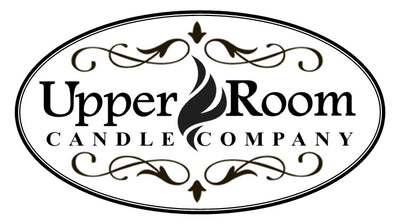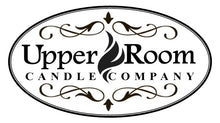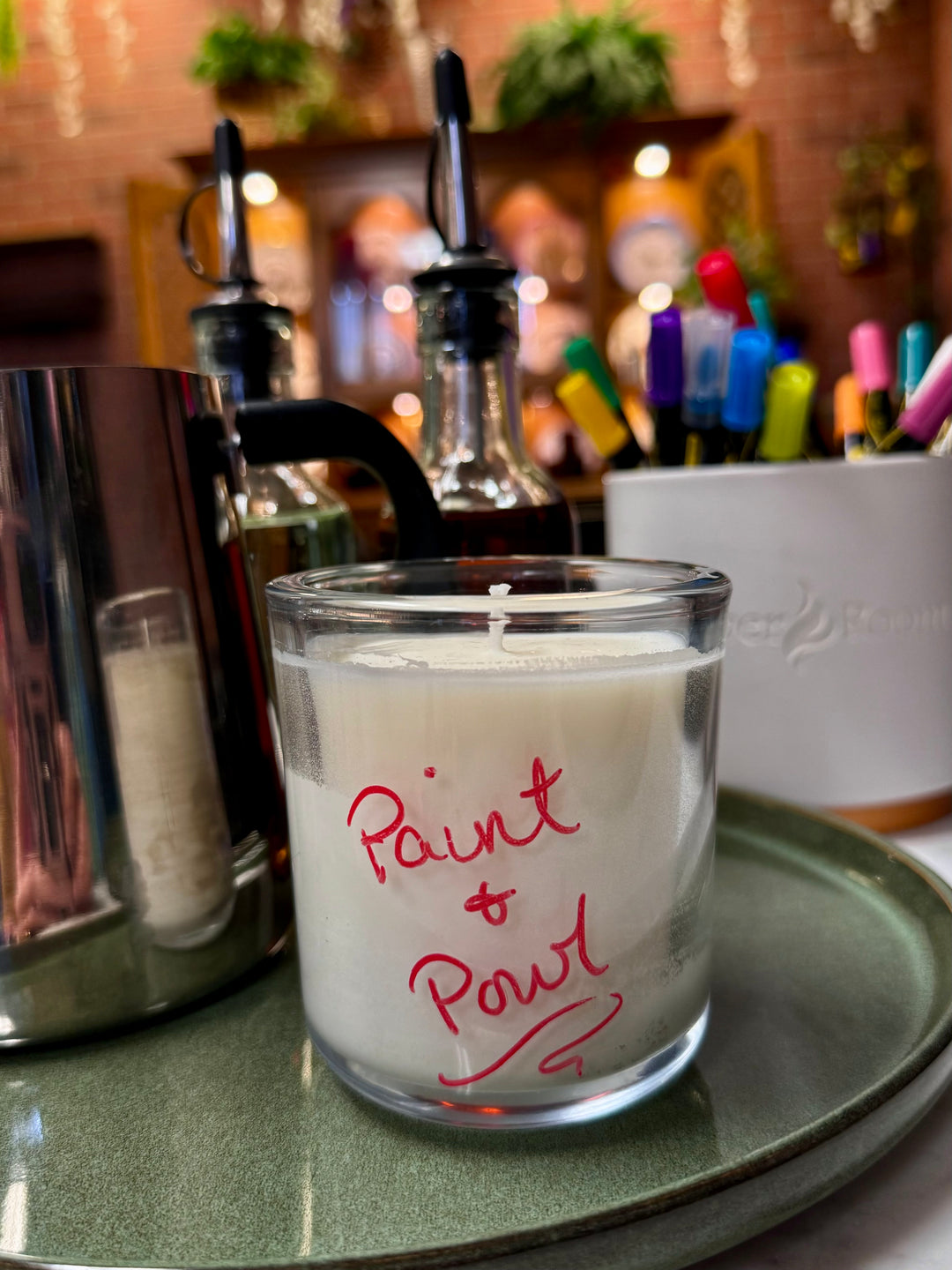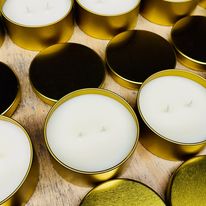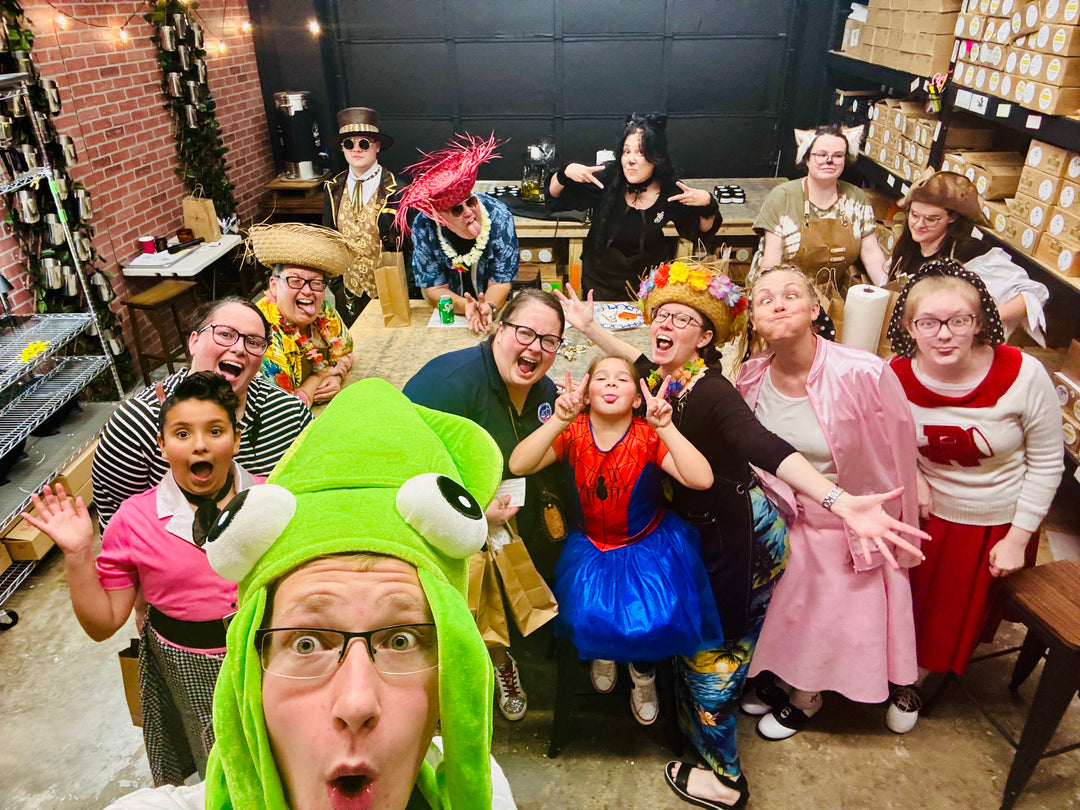Frequently Asked Questions
Got questions? We've got answers! And if we don't, then we'll try our best to find them for you.
What kind of wax do you use?
Great question! Check out our "Materials & Ingredients" page, which goes into all the details on our wax, wicks, oils, and more. Be warned...we kind of geek out over all this stuff.
Are your candles non-toxic and all natural?
We hope you're not planning on eating them! But seriously, as long as you're using our products as intended, they meet all safety and performance standards. Visit our "Materials & Ingredients" page to read more in detail about what goes into making our candles and how to get the cleanest burn.
Where are your candles made?
*Clap Clap Clap* Deep in the heart of Texas! ...You sang it, didn't you? Our family, along with a small but mighty candle crew, make all our candles in our production studio located just down the road from Space Center Houston (and our home where this whole thing got started).
Do you have a retail location?
Yes! And you don't know how happy we are to say that! Our production studio and candle boutique is located at 100 E. Nasa Parkway, Ste. 301, Webster, TX 77598. Our current hours of operation are Tue-Fri 10am-6pm and Sat 10am-4pm. We're closed on Sunday and Monday. (God needed one day of rest; we need two.)
Do you offer candle making?
Yes! The Candle Courtyard is located inside our boutique and is the place for DIY fragrance blending and candle workshops. Visit our "DIY & Workshops" page for all the details.
Where are your products sold?
Besides our own candle boutique, our products are also carried in various retail locations. Please visit our "Authorized Retailers" page for a list of current retailers. If you would like to see Upper Room products in a store near you, please contact us at info@upperroomcandle.com. Better yet, tell the store they're missing out on these great candles, and have them contact us.
How can I sell your products in my store?
If you would like to carry Upper Room products in your retail store, please contact us at info@upperroomcandle.com.
Do you offer fundraisers?
Yes! If you're a non-profit organization, email us at info@upperroomcandle.com for our current fundraising options.
Do you ship your products?
Yes! We offer domestic shipping within the lower 48 states of America. Orders over $100 always enjoy free shipping. You can also place your order online and pick it up in our boutique to avoid shipping.
Do you offer refunds, returns, or replacements on the fragrance items you make?
Yes and no. Due to the customizable nature of our products, we only offer refunds, returns, or replacements if a product was damaged during the shipping process or is determined by Upper Room Candle Co. to be defective due to our own standards and expectations of the product and/or its ingredients or materials (such as with a manufacturer's recall).
DAMAGED PRODUCTS: If your product(s) arrived damaged, we offer a 30-day exchange for the exact item purchased. If the item is no longer available, we will offer a comparable substitution. To complete your exchange, we require the order number and photos of the damaged product(s) and packaging sent to info@upperroomcandle.com no later than 7 days after the receipt of your shipment. Any product that is damaged for reasons not due to our error or shipping error is not eligible for an exchange.
UNWANTED PRODUCTS: Since ordering fragrances online means you cannot smell them before buying, we offer detailed descriptions of each of our scents as well as scent profiles with top, middle, and base notes. We want you to fully enjoy your Upper Room products and are available to chat with you prior to any purchase and to answer any questions you may have about our fragrances, ingredients, and products. We take great care to produce high-quality, hand-crafted products, many made upon request and only after the order is placed. Therefore, we do not provide refunds, returns, exchanges, or credits for any unwanted products purchased online, in person, or by one of our retailers, or received as a gift.
DEFECTIVE PRODUCTS: As with any hand-crafted item, slight variations from one product to the next are to be expected and are considered part of the unique appeal of an artisan product. If you feel the product is defective, please notify us of your concerns via info@upperroomcandle.com within 7 days of receiving the product. We will do our best to address your concerns; however, once our products leave our hands, we cannot vouch for how they are handled or stored and, consequently, how that will affect the products.
SEASONAL / DISCOUNTED PRODUCTS: All seasonal and discounted product sales are final. Outside of damage due to shipping, no refunds, returns, replacements, or credits will be issued for seasonal or sale/discounted items. If you feel the product is defective, please notify us of your concerns via info@upperroomcandle.com within 7 days of receiving the product. Even if it is determined that the product is defective, we cannot guarantee an exact replacement and will offer a comparable replacement.
Do you offer refunds, returns, or replacements on the boutique/gift items you sell?
No. All our boutique/gift items are final sale and ineligible for refunds, returns, or replacements. We are selective in the items we resale and frequently only carry one or two of each item and in only one or two varying sizes, colors, or styles. Please read product descriptions thoroughly and reach out to us at info@upperroomcandle.com with any questions prior to your purchase.
DAMAGED OR DEFECTIVE ITEMS: All items are inspected prior to selling and shipping them to insure they are intact and undamaged. The items are final sale at the point of purchase, and that doesn't change due to any reason.
What is the best way to contact you?
We care about connecting with you! Emailing us at info@upperroomcandle.com is the best way to reach us. It's not a black hole account. We see and read our emails. We're also hand pouring, wicking, and packaging, so give us a moment to reread and respond.
You're welcome to visit us in person at the address listed above.
Our studio phone number is 281-805-3437. We will answer it if we aren't with a customer, knuckles deep in wax, or can find which candle shelf is ringing before it goes to voicemail. (Cordless phones are convenient until you forget where you put it.)
